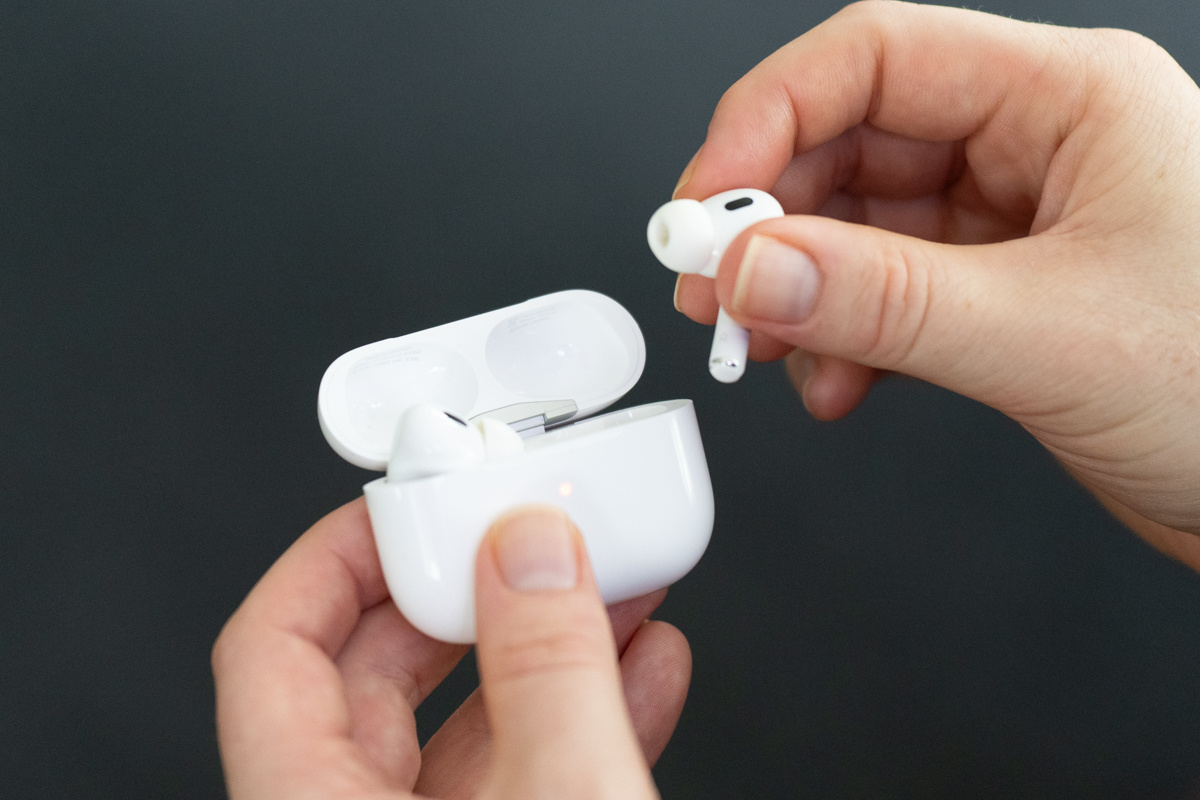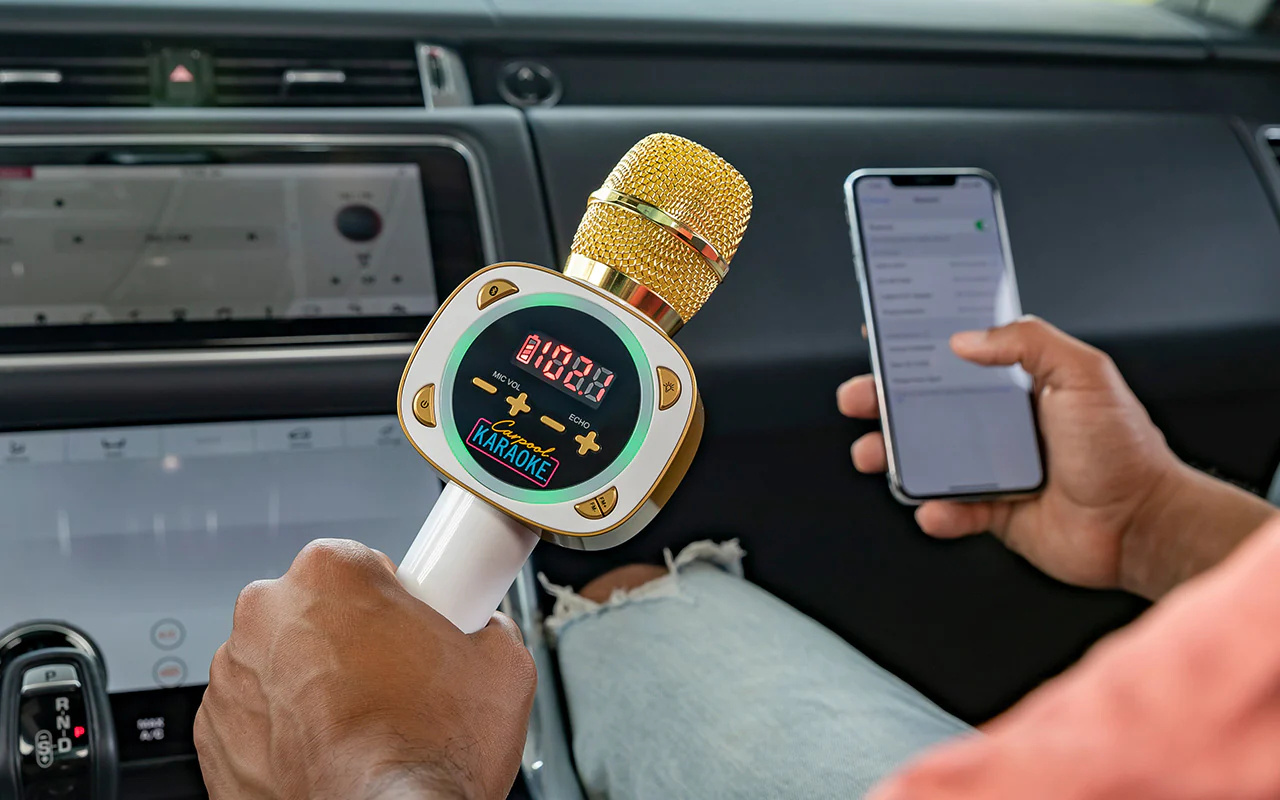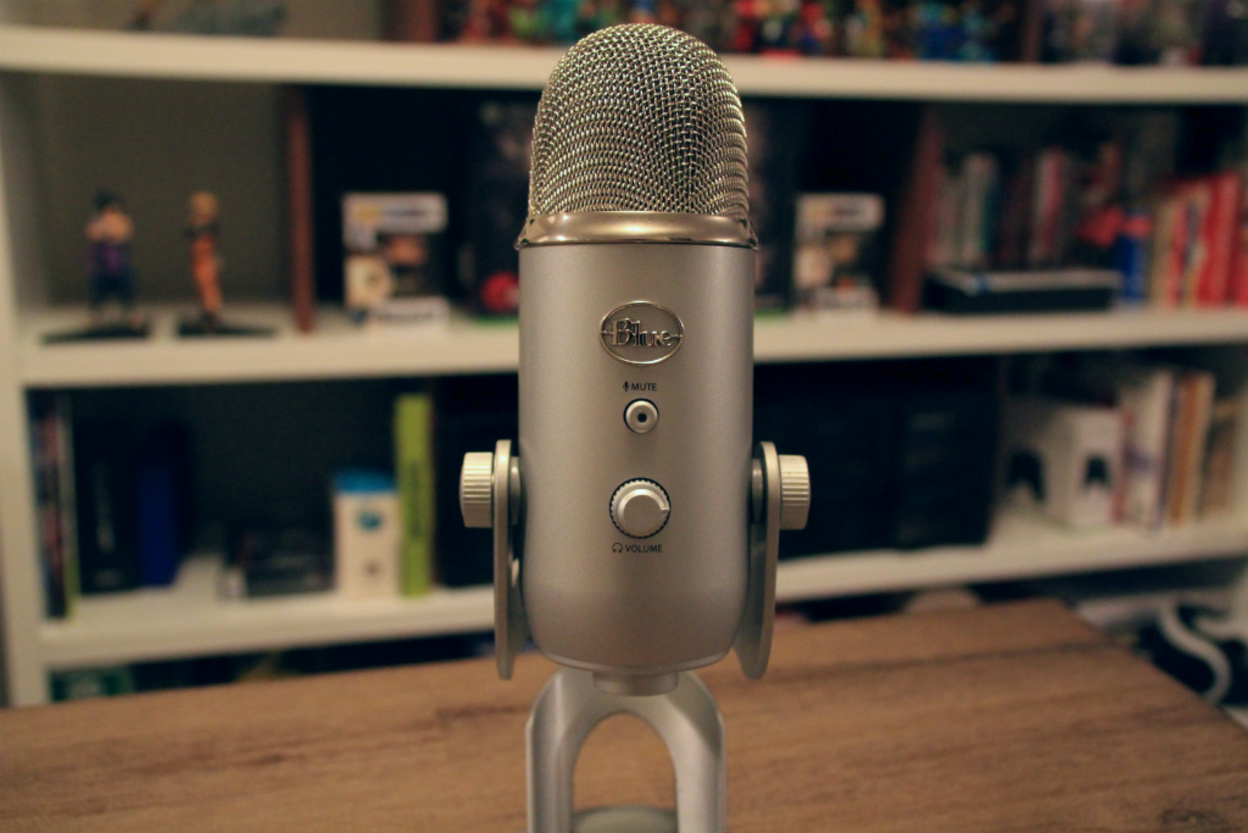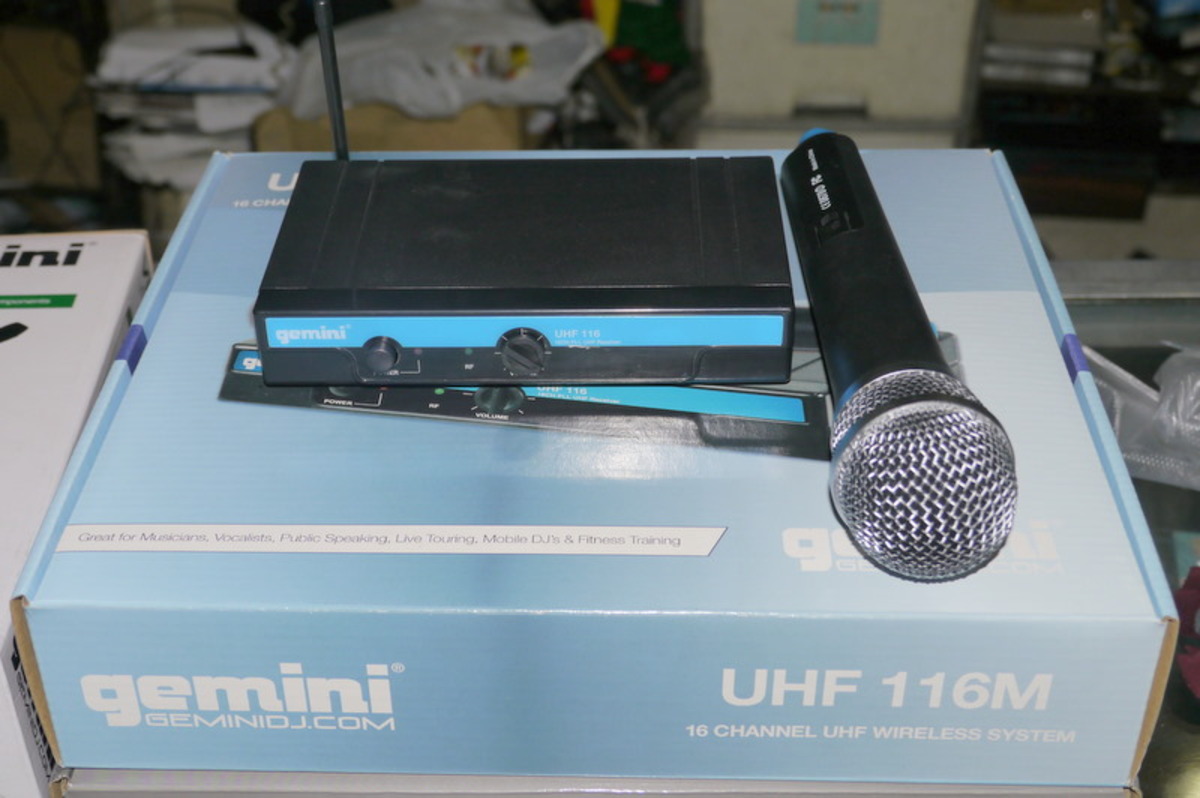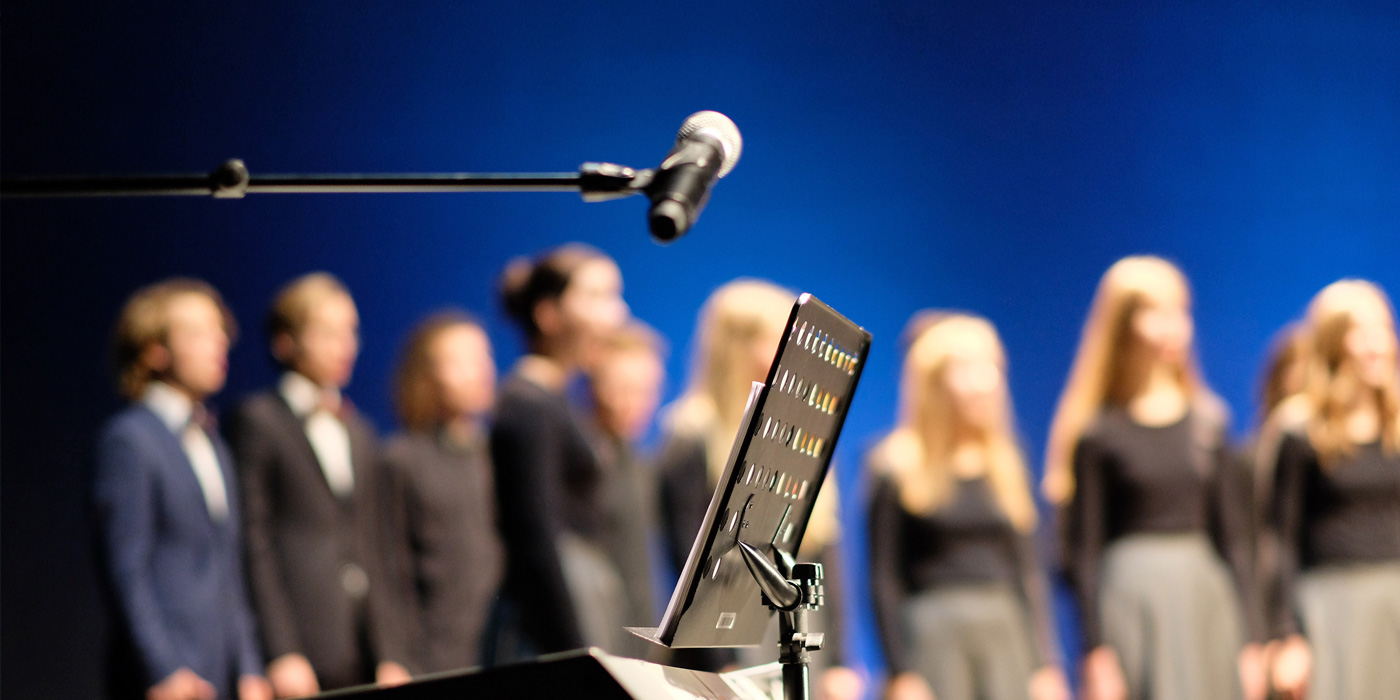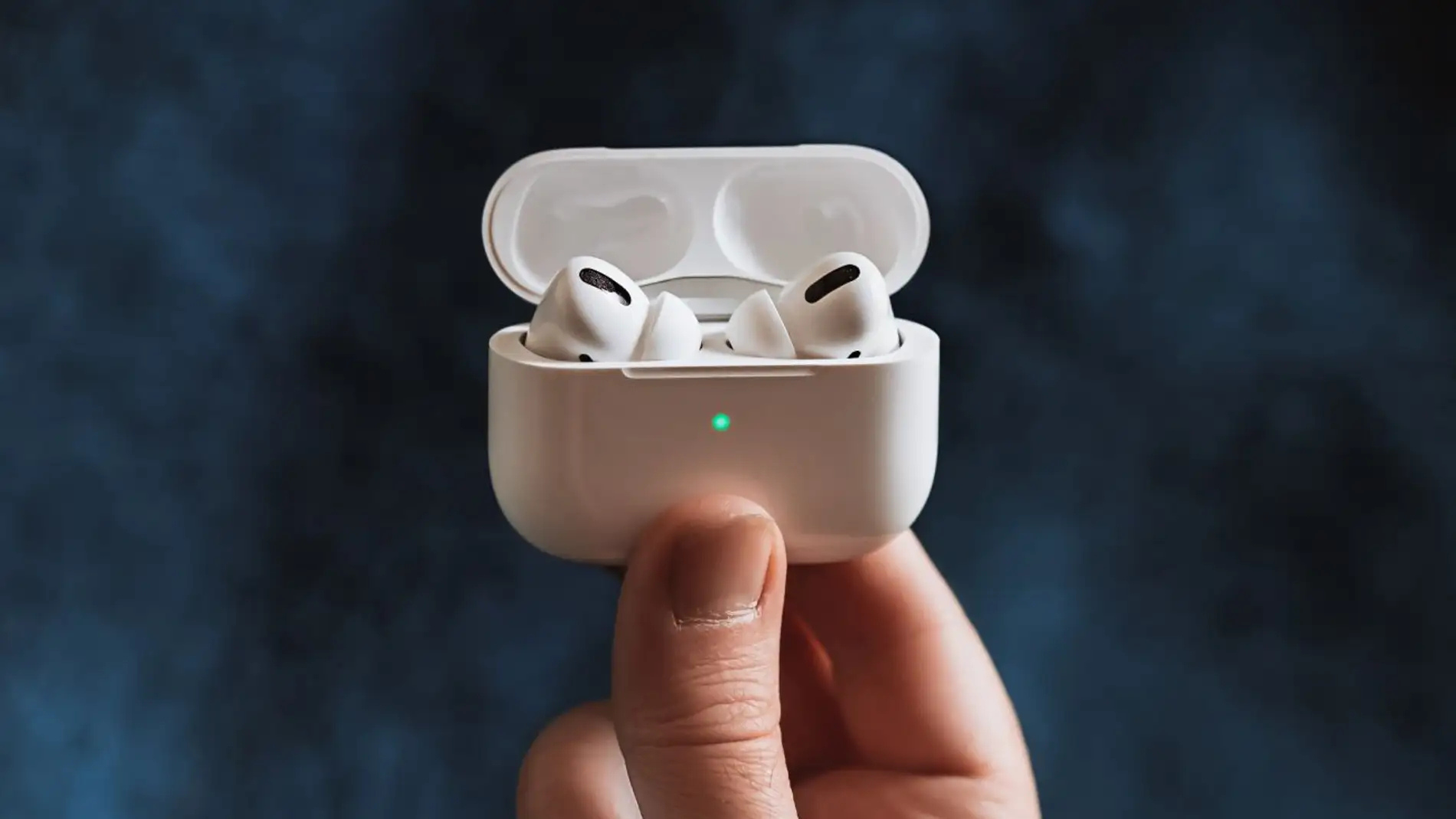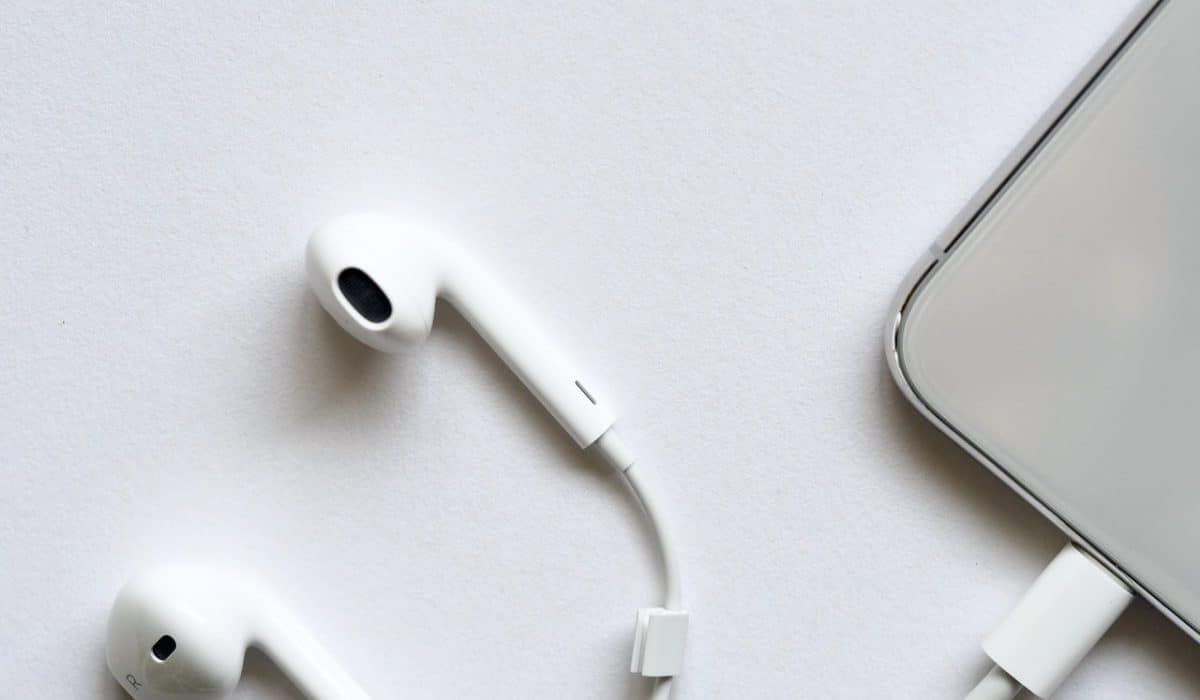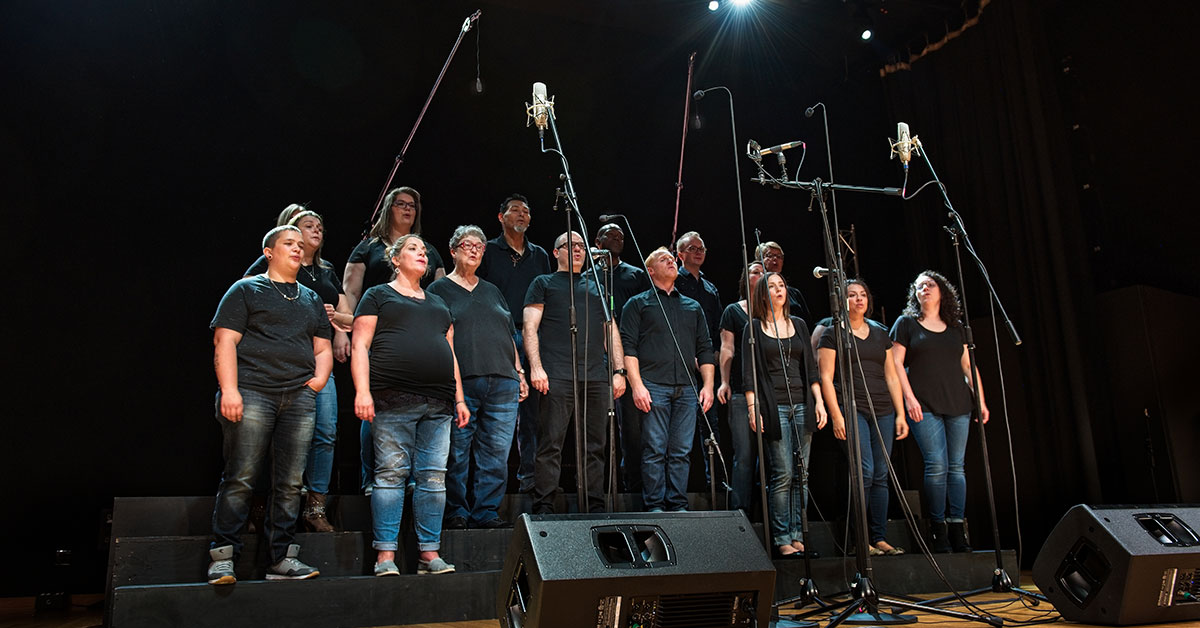Home>Devices & Equipment>Microphone>How To Use A Microphone


Microphone
How To Use A Microphone
Published: February 17, 2024
Learn how to use a microphone effectively with our comprehensive guide. Find tips and techniques for getting the best sound quality. Master the art of microphone usage now!
(Many of the links in this article redirect to a specific reviewed product. Your purchase of these products through affiliate links helps to generate commission for AudioLover.com, at no extra cost. Learn more)
Table of Contents
Introduction
Understanding the Power of a Microphone
Welcome to the world of microphones, where the power of sound amplification and recording lies in the palm of your hand. Whether you’re a musician, podcaster, public speaker, or content creator, the microphone is your gateway to reaching and resonating with your audience. Understanding how to use a microphone effectively is essential for ensuring that your voice is heard loud and clear.
Microphones come in various shapes, sizes, and types, each designed for specific purposes. From dynamic and condenser microphones to USB and wireless options, the choices can be overwhelming. However, selecting the right microphone for your needs is the first step towards achieving optimal audio quality.
In this comprehensive guide, we will explore the nuances of using a microphone, from choosing the right type for your application to setting it up correctly and leveraging its features effectively. Whether you’re a novice or a seasoned professional, mastering the art of using a microphone can elevate the impact of your voice and sound, leaving a lasting impression on your audience.
Choosing the Right Microphone
Understanding Microphone Types and Applications
When it comes to choosing the right microphone, understanding the different types and their applications is crucial. Here are a few common microphone types:
- Dynamic Microphones: These are rugged and versatile, making them suitable for live performances and recording loud sound sources.
- Condenser Microphones: Known for their sensitivity and wide frequency response, condenser microphones are ideal for studio recordings, vocals, and acoustic instruments.
- USB Microphones: Designed for plug-and-play convenience, USB microphones are popular for podcasting, voiceovers, and home recordings.
- Lavalier Microphones: Also known as lapel mics, these are small and discreet, commonly used for public speaking, broadcasting, and video production.
- Shotgun Microphones: Featuring a highly directional pickup pattern, shotgun microphones are favored for film, TV, and outdoor recording, capturing sound from a distance while minimizing ambient noise.
Consider the intended use and environment when selecting a microphone. For vocal performances, a condenser microphone may provide the clarity and warmth desired, while dynamic microphones are preferred for high-volume environments. If portability and convenience are key factors, USB or lavalier microphones may be the best choice.
Additionally, wireless microphones offer freedom of movement, making them suitable for stage performances, presentations, and video production. Understanding the characteristics of each microphone type will help you make an informed decision based on your specific needs.
Setting Up the Microphone
Optimizing Placement and Positioning
Once you’ve chosen the right microphone for your needs, proper setup is essential to ensure optimal performance. Whether you’re preparing for a live performance, recording session, or podcast, the placement and positioning of the microphone can significantly impact the quality of the audio capture.
Here are some key considerations for setting up your microphone:
- Microphone Placement: Position the microphone at an appropriate distance and angle based on the sound source. For vocal recordings, a pop filter can help reduce plosives and sibilance.
- Isolation and Acoustics: Minimize ambient noise and reverberation by setting up the microphone in a treated acoustic environment or using isolation shields and reflection filters.
- Shock Mounts and Stands: Use shock mounts to reduce handling noise and microphone stands to achieve a stable and consistent position.
- Connection and Compatibility: Ensure that the microphone is properly connected to the audio interface, mixer, or recording device, and verify compatibility with the chosen equipment.
For live performances, sound checks and monitoring are essential to fine-tune the microphone placement and settings based on the venue and performance requirements. In a studio setting, experimenting with different microphone positions can help capture the desired tonal characteristics and spatial imaging for instruments and vocals.
Understanding the unique characteristics of your microphone and implementing best practices for setup and positioning will contribute to a professional and polished audio output, setting the stage for an impactful sonic experience.
Adjusting Microphone Settings
Optimizing Levels and Controls
Once your microphone is set up, it’s essential to adjust the settings to achieve the desired sound quality and ensure seamless integration with your recording or sound reinforcement system. Understanding the various settings and controls specific to your microphone can significantly enhance the audio capture and performance. Here’s how to optimize your microphone settings:
- Gain or Sensitivity: Adjust the gain control to set the microphone’s sensitivity level. For dynamic microphones, a higher gain may be required to capture softer sounds, while condenser microphones may need lower gain settings to prevent distortion from loud sources.
- Polar Patterns: If your microphone features selectable polar patterns (e.g., cardioid, omnidirectional, figure-8), choose the appropriate pattern based on the sound source and desired pickup characteristics.
- Low-Cut Filters: Some microphones offer built-in low-cut filters to reduce rumble and low-frequency noise. Engaging the low-cut filter can help improve clarity and reduce unwanted low-end buildup.
- Phantom Power: For condenser microphones and certain active ribbon microphones, phantom power (+48V) may be required for operation. Ensure that phantom power is activated on the audio interface or mixer if needed.
When using a USB microphone, familiarize yourself with the available settings and controls through the manufacturer’s software or control panel. This may include adjusting sample rates, bit depths, headphone monitoring levels, and direct monitoring options.
During live sound reinforcement or recording sessions, monitoring the microphone levels and making real-time adjustments is crucial for maintaining a balanced and distortion-free signal. Utilize audio meters and monitoring systems to keep an eye on the input levels and make necessary adjustments on the fly.
By mastering the microphone settings and controls, you can unleash the full potential of your microphone, ensuring that it complements your voice or instruments while delivering exceptional audio fidelity.
Using the Microphone Effectively
Mastering Performance and Articulation
Effectively using a microphone goes beyond technical setup and settings; it encompasses the art of performance and the ability to engage and connect with your audience. Whether you’re delivering a speech, singing a song, or recording a podcast, here are some key strategies for harnessing the power of the microphone:
- Projection and Clarity: Project your voice with confidence and clarity, maintaining consistent proximity to the microphone to ensure a balanced and articulate delivery.
- Dynamic Range: Utilize the microphone’s dynamic range by modulating your volume and intensity, adding emotional depth and impact to your performance.
- Engaging with the Audience: Whether speaking to a live audience or addressing your listeners through a recording, establish a connection by making eye contact, using expressive gestures, and leveraging the microphone to convey intimacy and authority.
- Technique and Control: Develop microphone technique by understanding proper posture, breath control, and microphone handling, minimizing unwanted noise and maximizing vocal or instrumental nuances.
For singers and vocalists, exploring microphone proximity and off-axis positioning can create diverse tonal textures and capture nuanced vocal inflections. Experimenting with microphone techniques such as the “proximity effect” can add warmth and depth to vocal recordings, enhancing the sonic character.
When delivering speeches or presentations, understanding microphone etiquette and addressing microphone feedback or handling noise gracefully can contribute to a polished and professional delivery. Embracing the microphone as a tool for amplifying your voice and expression can elevate the impact of your message and performance.
Lastly, for podcasters and content creators, leveraging the microphone as a storytelling companion involves striking a balance between authenticity and technical precision. Embrace the nuances of your voice and delivery style, allowing the microphone to capture the essence of your narrative while conveying emotion and resonance.
By mastering the art of using the microphone effectively, you can transform your performance into a captivating and immersive experience, leaving a lasting impression on your audience.
Conclusion
Elevating Your Voice with Precision and Passion
As we conclude our journey into the realm of microphones, it’s evident that these remarkable devices hold the power to amplify and immortalize the human voice and musical expressions. From the initial selection of the right microphone to the nuances of setup, adjustments, and performance, mastering the art of using a microphone is a multifaceted endeavor that blends technical expertise with artistic finesse.
By understanding the diverse range of microphone types and their respective applications, you can make informed choices that align with your creative pursuits and professional requirements. Whether you’re a vocalist aiming to capture the subtleties of your performance, a podcaster seeking to engage and captivate your audience, or a public speaker delivering impactful messages, the right microphone can be your steadfast ally in achieving sonic excellence.
Setting up the microphone with precision and care, optimizing its settings, and harnessing its capabilities effectively are essential steps in the journey toward sonic mastery. The ability to project, articulate, and engage with the audience while leveraging the microphone as a conduit for expression and emotion elevates the act of communication to a profound and resonant experience.
As you embark on your microphone endeavors, whether in the studio, on stage, or in the digital realm, remember that the microphone is not merely a tool; it is a bridge that connects your voice to the hearts and minds of your audience. Embrace its potential, explore its nuances, and let it amplify the essence of your voice and creativity with precision and passion.
May your microphone be a faithful companion in your journey of self-expression and communication, transforming every word, note, and breath into an enduring symphony of sound.

